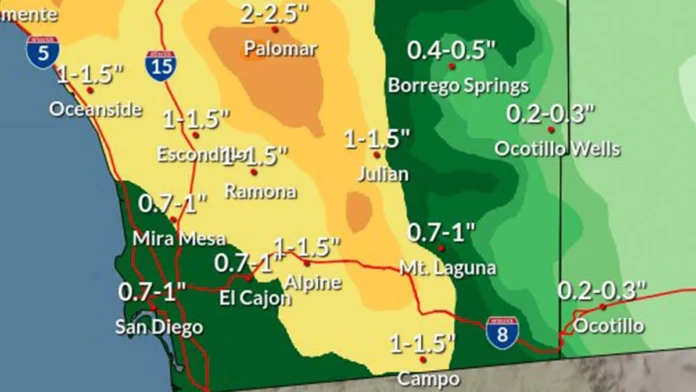San Diego. The name conjures images of pristine beaches, surfers catching waves, and perpetually sunny skies. But let’s be honest, San Diego weather is more complex than a postcard. It’s not always perfect. And understanding its nuances can be the difference between a blissful vacation and a… well, a slightly less blissful one. What fascinates me is how localized the weather can be.
So, why does San Diego’s climate behave the way it does? And how can you, as someone planning a trip or even just curious about this sunny paradise, navigate its microclimates and unexpected shifts? That’s what we are diving into. I initially thought it was straightforward, but then I realized just how much goes on behind the scenes.
The Mystery of the Marine Layer | Why ‘June Gloom’ Is a Thing
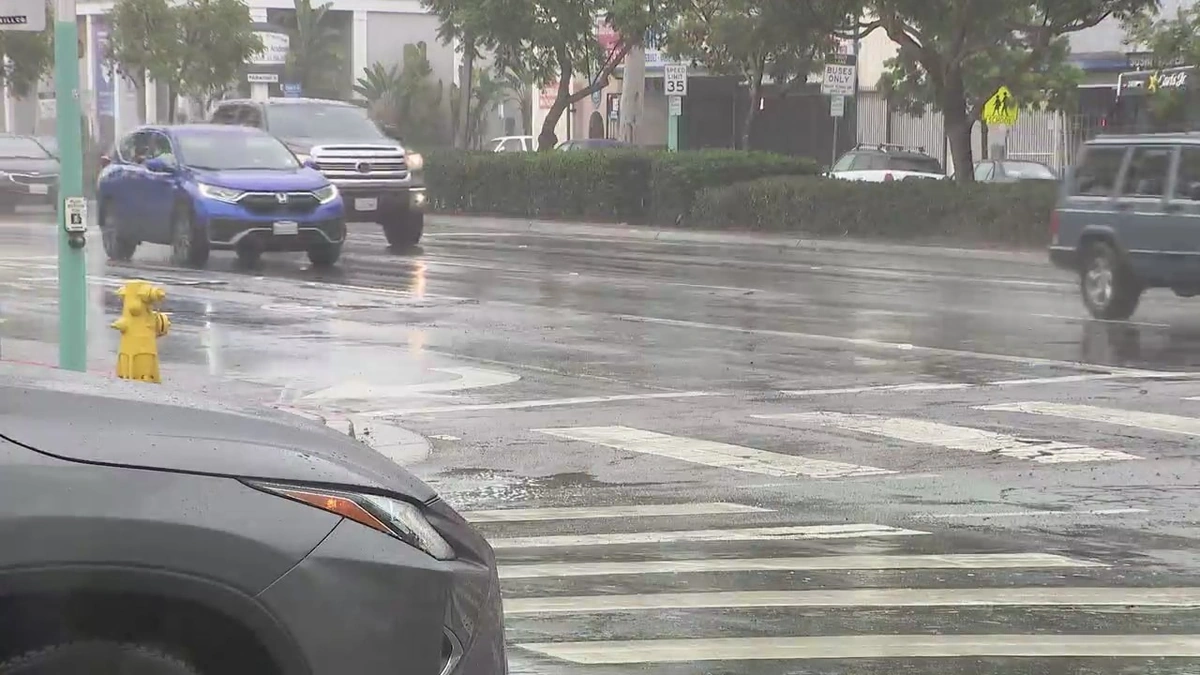
Ah, the marine layer. San Diegans have a love-hate relationship with this phenomenon. It’s that persistent blanket of low-lying clouds that often hugs the coast, especially during late spring and early summer. You’ll hear locals call it “June Gloom,” “May Gray,” or even “No Sky July.” But, here’s the thing: it’s not just random gloom. It’s science!
This coastal fog forms when warm, moist air from the Pacific Ocean passes over the colder California Current. The cool ocean water chills the air, causing water vapor to condense into tiny droplets, creating that characteristic cloud cover. So, if you’re planning a beach day in June, don’t be surprised if the sun doesn’t peek through until noon – or even later.
But there’s a silver lining (pun intended!). The marine layer plays a crucial role in regulating San Diego’s temperatures. It acts like a natural sunscreen, preventing the coastal areas from overheating. Plus, it often burns off by midday, leaving you with beautiful, sunny afternoons. According to the National Weather Service San Diego , understanding the marine layer is key to planning outdoor activities.
Microclimates Galore | Exploring San Diego’s Diverse Zones
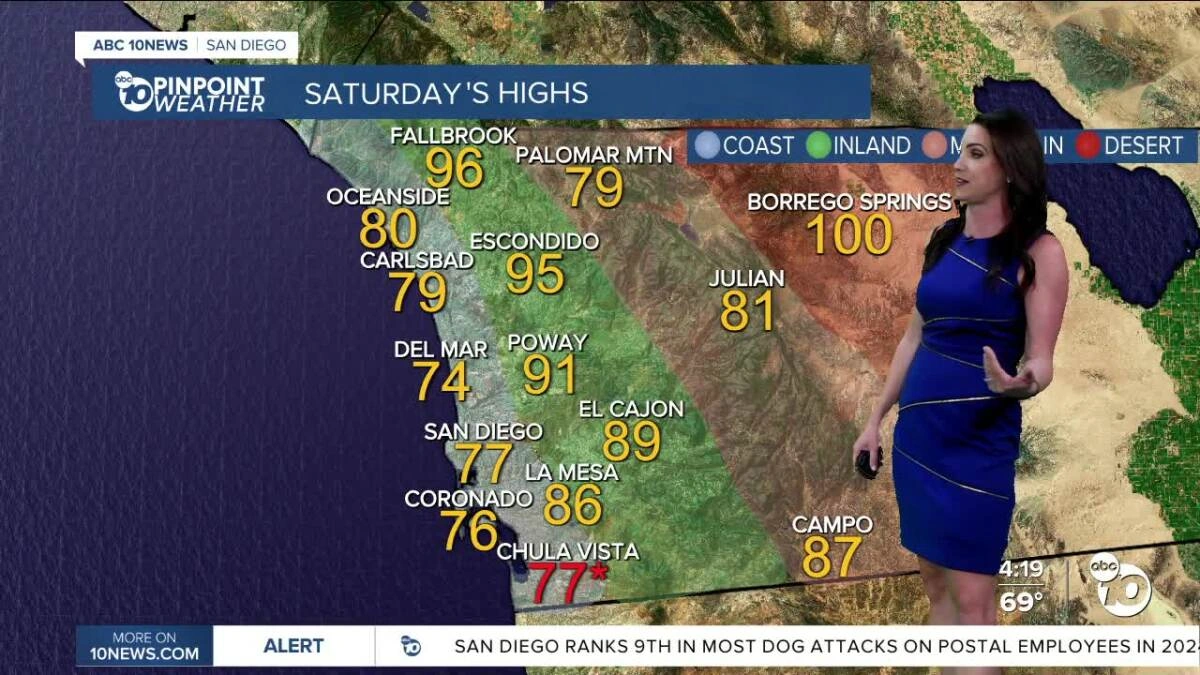
San Diego County is like a weather chameleon. It boasts a stunning array of microclimates, each with its own distinct characteristics. From the balmy coast to the arid desert and the snow-capped mountains (yes, really!), you can experience drastically different weather conditions within a short drive.
Here’s the thing: this diversity stems from a combination of factors, including elevation, proximity to the ocean, and the influence of the Peninsular Ranges. The coastal areas, as we’ve discussed, are moderated by the Pacific Ocean, resulting in mild temperatures year-round.
As you move inland, the climate becomes more continental, with hotter summers and cooler winters. The mountains, of course, receive the most precipitation and even experience snowfall during the winter months. A common mistake I see people make is assuming San Diego is always beach weather. Check the forecast for the specific area you’re visiting!
For instance, if you are planning a trip, consider the Phoenix weather conditions before you pack. That way you will be better prepared to know what to expect when you arrive.
Decoding the Forecast | Beyond the Temperature Gauge
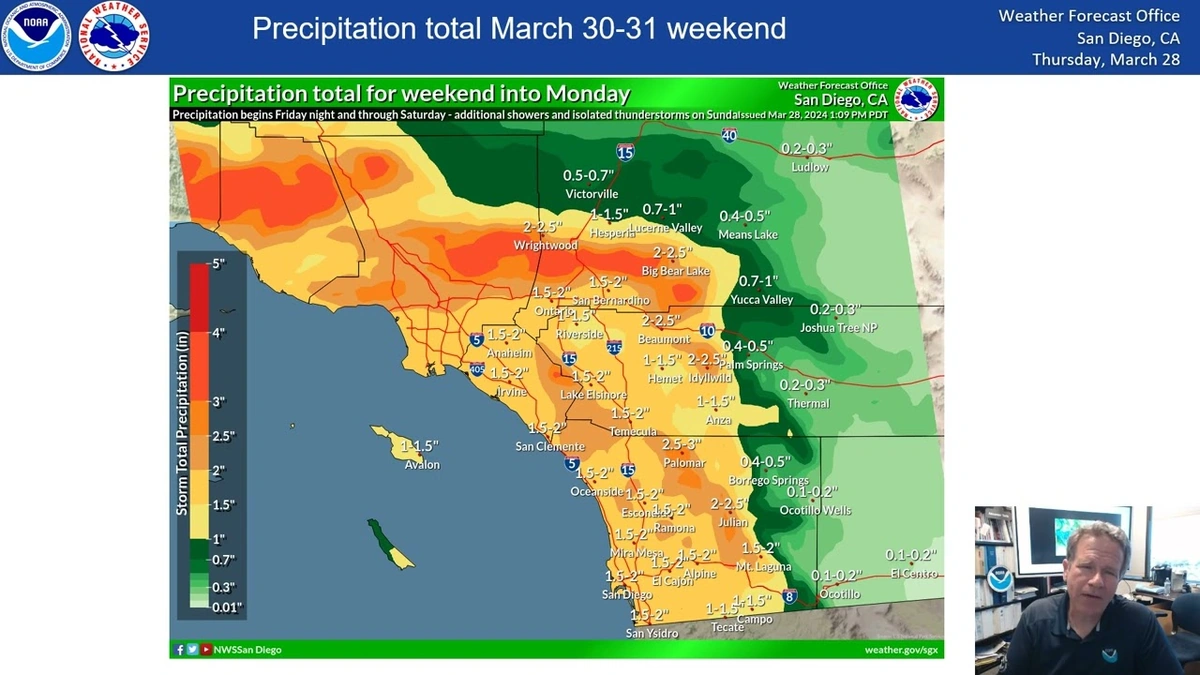
Knowing the temperature is only half the battle. To truly understand San Diego’s weather, you need to delve deeper into the forecast. Pay attention to factors like humidity, wind speed, and UV index.
Humidity can significantly impact how the temperature feels. High humidity can make even moderate temperatures feel oppressive, while low humidity can make the air feel dry and comfortable. Wind speed can also play a role, especially in coastal areas. A strong breeze can quickly turn a sunny beach day into a chilly experience.
And, of course, don’t forget the UV index. San Diego’s sunny skies mean that UV levels can be high, even on cloudy days. Always wear sunscreen, a hat, and sunglasses to protect yourself from the sun’s harmful rays. Let me rephrase that for clarity: sun protection is essential year-round.
San Diego’s “Secret” Seasons | Beyond Summer and Winter
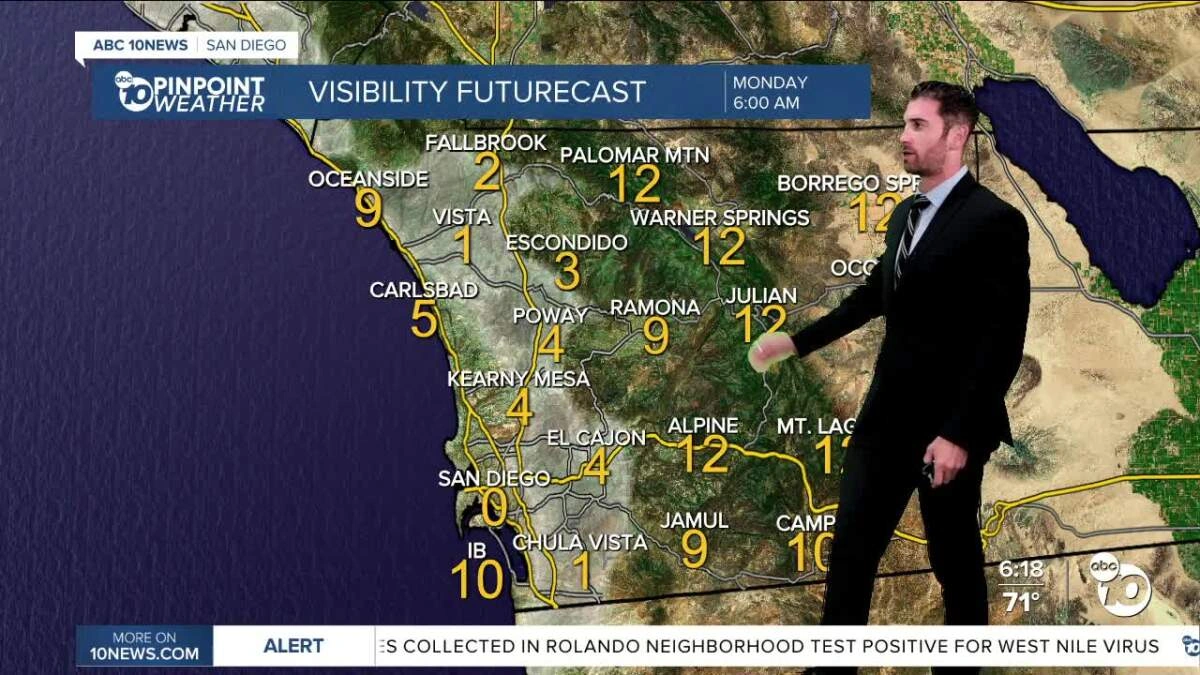
While San Diego is often associated with year-round sunshine, it does experience distinct seasons, although they may not be as dramatic as in other parts of the country. Here’s a quick rundown:
- Spring (March-May): Mild temperatures, blooming flowers, and the lingering marine layer.
- Summer (June-August): Warmest temperatures, sunny skies (usually!), and peak tourist season.
- Fall (September-November): Arguably the best time to visit, with warm days, cooler nights, and fewer crowds.
- Winter (December-February): Coolest temperatures, occasional rain, and even snow in the mountains.
What fascinates me is how different each season feels, even if the temperature variations aren’t extreme. Fall, in particular, is a hidden gem. The ocean water is still warm enough for swimming, and the crowds have thinned out considerably. Check out the weather in Tulsa for comparison.
Preparing for the Unexpected | Weather Quirks and Tips
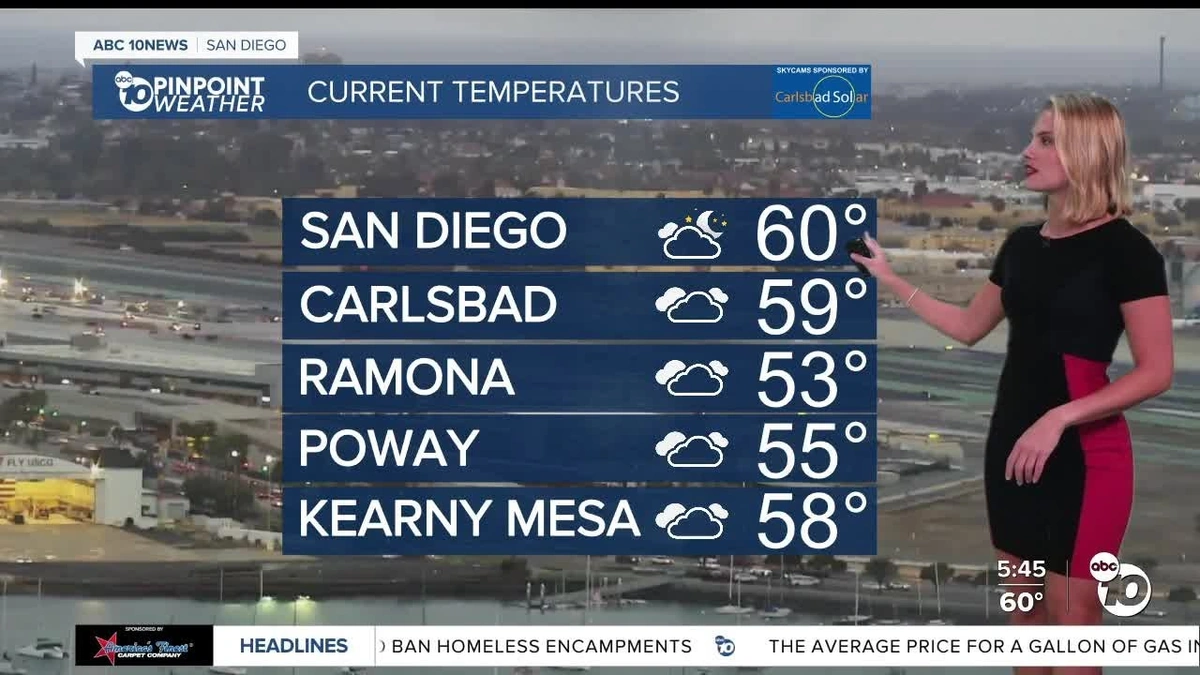
San Diego’s weather, for all its predictability, can still throw you a curveball. Be prepared for unexpected shifts, especially during the shoulder seasons (spring and fall). Here are a few tips to keep in mind:
- Dress in layers: This is crucial, especially if you’re planning to explore different microclimates.
- Check the forecast frequently: Weather conditions can change rapidly, so stay informed.
- Be prepared for the marine layer: Don’t let it ruin your beach day. Pack a light jacket and be patient.
- Stay hydrated: San Diego’s dry climate can easily lead to dehydration, so drink plenty of water.
- Embrace the variety: San Diego’s diverse weather is part of its charm. Enjoy the sunshine, the clouds, and everything in between!
FAQ | Your San Diego Weather Questions Answered
What’s the best time of year to visit San Diego?
Fall (September-November) offers the best combination of warm weather, fewer crowds, and lower prices.
What should I pack for a trip to San Diego?
Layers are key! Pack a mix of lightweight clothing, a light jacket, and swimwear. Don’t forget sunscreen, a hat, and sunglasses.
Does it ever rain in San Diego?
Yes, but rainfall is relatively infrequent, especially during the summer months. Most of the rain falls during the winter.
Is San Diego always sunny?
No, but it’s sunny more often than not! The marine layer can bring cloudy conditions, especially during late spring and early summer.
What’s the humidity like in San Diego?
Humidity varies depending on the location and time of year. Coastal areas tend to be more humid than inland areas.
So, there you have it. San Diego weather, demystified. It’s a fascinating blend of sunshine, marine layers, microclimates, and the occasional surprise. But with a little knowledge and preparation, you can navigate its quirks and enjoy all that this beautiful city has to offer. The one thing you absolutely must double-check before going is the local forecast – it’s your best friend.

